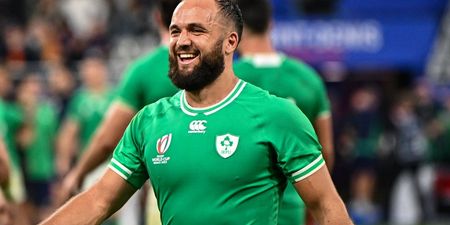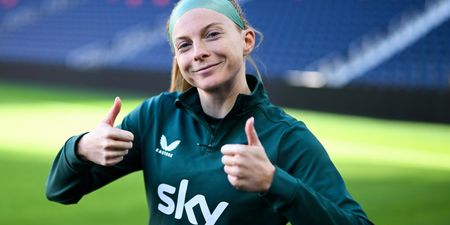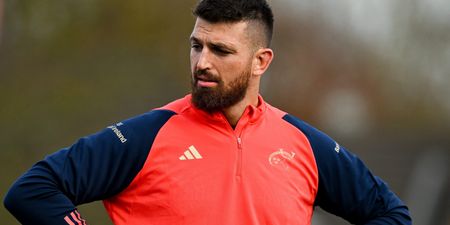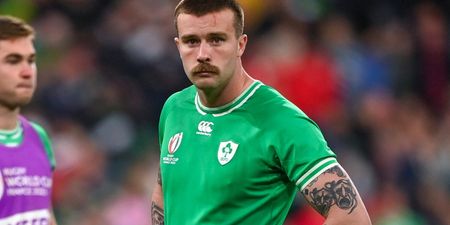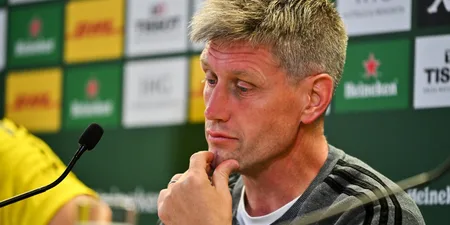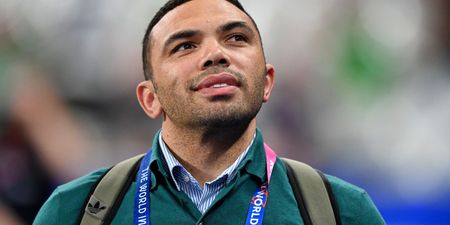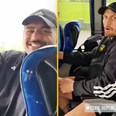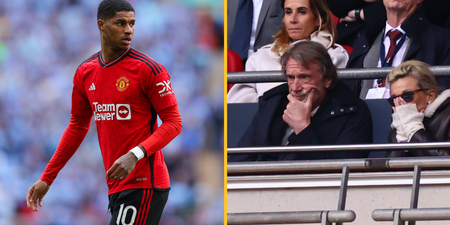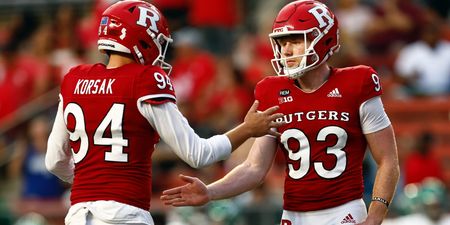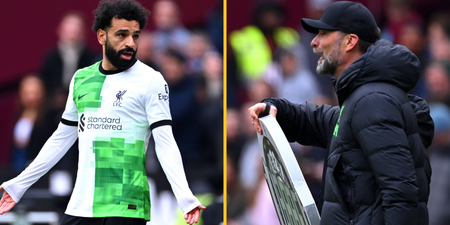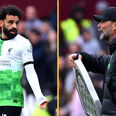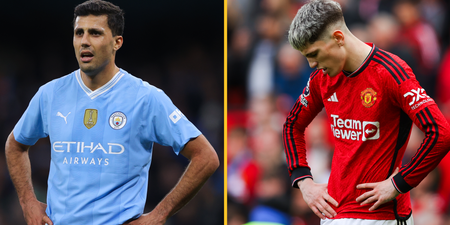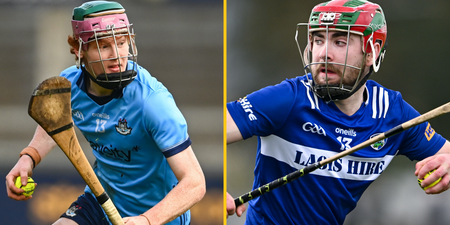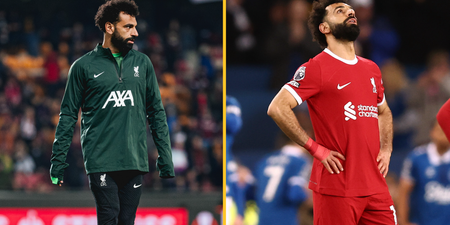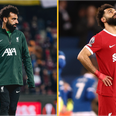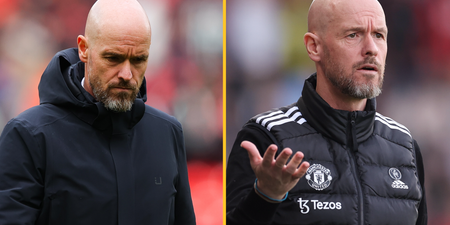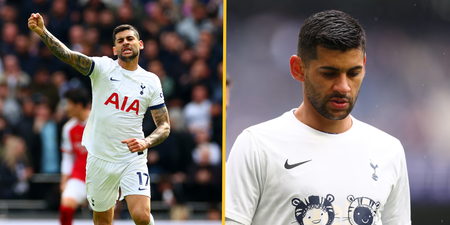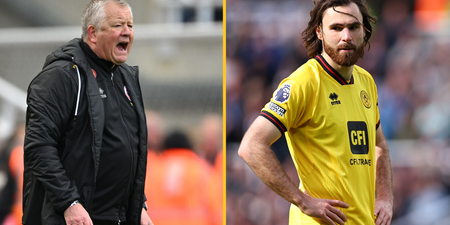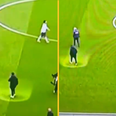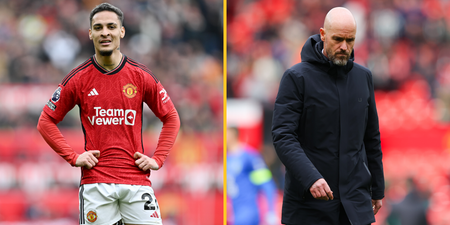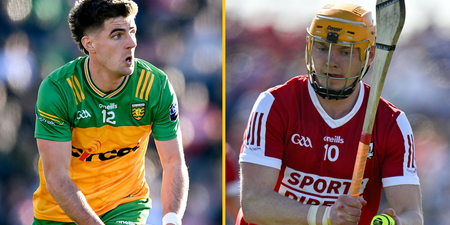“I’m putting my body on the line because I love what I’m playing for, I love the people around me.”
Pat Lam, Mike Ruddock, Andy Friend, Adam Griggs, Andy Friend and that is only the beginning.
When Jeff Neville set out to produce a podcast on coaching, he set his sights optimistically high. Requests were sent out and, he was delighted to find, all of the coaches he was looking to speak with were open to the concept and happy to share. In the piece below, Jeff shares his experience of talking to some of the finest minds out there for ‘The Loose Head Podcast: Let’s Talk Coaching’.
***********
He doesn’t remember this, but I once contacted to Mike Ruddock while he was coaching Lansdowne RFC and asked if I could watch a training session some evening. Mike replied and invited me down, but not just to observe. He asked me into the team meeting beforehand. He made time to come over during the session to ask if I had any questions. He asked my opinions on the drills he was running. His openness to a complete stranger left a lasting impression.
After starting the podcast in February, I decided to record a series focusing on the coaching side of the game in the hope of both increasing my own knowledge and to create content for those looking to increase theirs. I reached out to coaches in the Premiership, the PRO14, the Top 14, and the AIL. Like Mike’s, the response was overwhelming.
Great coaches love to share. Regardless of the content covered in each podcast, the common feature was their openness.
Pat Lam, who led Connacht to a PRO12 title and who is currently the Director of Rugby of the Bristol Bears, is the perfect example. The interview was based on four topics: vision, leadership, culture, and love. Lam wasn’t only happy to discuss these topics, but gave an in-depth description of how the Bristol Bears practice them every day.
Bristol Bears head coach Pat Lam gets his team ready for a Premiership match. (Photo by Richard Heathcote/Getty Images)The Bears operate on a different level to most teams. At the beginning of the season, Lam distributes a questionnaire with a list of positive traits and statements and asks players to write the name of the player that comes to mind upon reading them. He then invites players to apply for leadership roles by submitting a CV and interviews them afterwards.
“Every single time, I average about 20 people minimum applying for the job. I normally give interviews to 12 to 15 [people] depending on the group. And they basically come in for the interview; it takes no more than 10 to 15 minutes and I always ask them to prepare three questions.
“Number one: why do you want to be in the leadership group? Number two: what value can you add to the leadership group? And number three: what does the ultimate leader look like in your eyes?”
Lam also records the interviews for his players in order to give them feedback and help them gain interview experience for their lives outside of rugby. The successful candidates are announced and different leadership groups are created.
This practice is the best example of creating leadership groups I’ve heard of. But while successful candidates will celebrate, and while unsuccessful candidates are buoyed by their effort in applying, there’s another side to it. Lam’s players, be they successful or not, have been forced to look at their teammates in a different light and the positive attributes they associated with each other will reside in their subconscious for the season.
It’s a case of creating a positive team environment and a culture which everyone wants to buy into. However, the glue holding that together is love.
“People have this innate thing inside them that they need to be loved. They need to be supported. And that’s what we talk about. It’s the number one focus that I put in when I first come in to any team, whether it’s Connacht or now Bristol, is relationships and building those relationships.”
Lam congratulates Bundee Aki and Robbie Henshaw, in March 2016, after a Connacht win over Leinster in Galway. (Photo by Ramsey Cardy/SPORTSFILE)As Lam said, the reason behind building these relationships is so that when his players are under pressure he can trust them to be honest and feel supported. The aforementioned theme of love is the driver.
“You want to know what the game plan is? Firstly, you want to know what we’re fighting for. Secondly, you want to know that the plan we have is going to help us win. And thirdly, and most importantly probably, is can I trust the people around me and can they trust me?
“That’s the ultimate. That’s when you’re on the line in a Champion’s Cup final, or a PRO14 final, or a Premiership final, I’m putting my body on the line because I love what I’m playing for, I love the people around me, I trust these guys, and I believe in the game plan.”
He describes how watching a smaller player take it upon themselves to clear out a ruck or tackle a much bigger player depicts love, and highlights exactly what the team needs to create a positive culture. As Lam said, “vision drives the leadership, leadership drives the culture, and culture drives the performance”.
That said, not all coaches are involved in the process of selecting leadership groups. Adam Griggs, the head coach of the Irish women’s team, put that responsibility back onto his players.
“We’re very big on having it be player driven and this season the leadership group has really clicked. I actually had no input into the leadership group; I let Ciara Griffin pick that because I just thought about it myself and she needs to be comfortable with people around her that can help her drive the team and the messaging as well.
“And she’s great for living up to and driving the standards of what she expects. We’re lucky we’re on the same page and that, but I let Ciara pick that leadership team of players who she thought would help her deliver her messages on the field.”
So in other words, will handing responsibility to players ultimately help them grow as a player, as a teammate, and as a leader?
“I think that was something that has worked really well. It’s taken out of the coach’s hands. They look after a lot of the standards that we have installed ourselves and tried to drive.
“I think you would have heard it before from the number of coaches you speak to, but when the players are driving the environment and the standards, you certainly start to get better results.”
Just as Lam said: “leadership drives culture and culture drives the performance”. On the other hand, it’s also important to note that, while they’re two very different approaches, they both work. There is no one answer, but rather a multitude of experiences and factors. For example, implementing Lam’s style in an amateur team will obviously be far more of a challenge due to the constraint of time.
Sadly, professional sport is a ruthless place where a team’s success is determined, not by performance, but rather the number in the win column. Losses lead to pressure and, in this day and age, close scrutiny from the media, professional or otherwise. Failure is an outcome deemed by many of us to be a negative; it is a result rather than a reflection of our effort in performing a task. However, those at the elite level would disagree, to a certain point at least. While those in charge of professional teams recognise the pressure behind the need to win, they also recognise the lessons that come from failing.
“How do you view failure?”.
A simple question posed by Andy Friend, head coach of Connacht Rugby, is one not enough people ask themselves, and he continued to explore his view on it and why he’s happy to give autonomy to his players.
Connacht head coach Andy Friend pictured at the Sportsground in Galway, earlier this year. (Photo by Eóin Noonan/Sportsfile)“If something’s not going to work,” Friend continued, “it’s therefore deemed to be a failure. Now, if failure’s deemed to be a negative then I would never relinquish it [control] because I don’t want anybody to fail.
“If failure is viewed as an opportunity to learn and to get better next time, relinquishing that responsibility and putting it back on the player and allowing them to maybe be successful with the decision they make, or maybe not, maybe to fail but to learn from that, you know you’re going to get a better player the next time they go out there.”
He continued to describe what he called ‘exploration days’, a phase of training implemented by Pete Wilkins. Parts of play are installed, then developed, and finally they are explored.
“On an exploration day, we actually allow you to fail. It’s OK to fail; in fact, in a way we want you to fail because we know you’re pushing yourself to a new level.
“But when you fail, and this is the important part, don’t fail and forget about it because you’ll fail again at the next one. When you fail, explore that. Explore what made you fail. Was it a lack of communication? Was it a lack of skill? Was it a lack of skill under fatigue? Was it a lack of reading? Was it a lack of awareness? And once you work that out, when you say “Oh, OK, I failed because of that”, then the next time that happens you’re going to be better.”
However, young players can often have a fear of making a mistake or of deviating from a structure even if it’s the correct decision. Perhaps they’re afraid of reprisal from the coaching team or they don’t have the same credit in the bank as senior players to try it, even if they possess the skillset. Erasing this fear of failure was a topic Noel McNamara, the head coach of the Ireland Under-20 side and coach of Leinster “A”, was happy to discuss.
“It’s an interesting concept, really, and I think it’s almost the stigma of mistakes. It’s understanding, and we categorise mistakes.
Ireland U20s head coach Noel McNamara speaks to his players after victory over England at Franklin’s Gardens. (Photo by Brendan Moran/Sportsfile)“We’ll talk about stretch errors, we’ll talk about high-stakes mistakes, we’ll talk about sloppy mistakes, and I think the best way to describe it is you get to a stage where we will not tolerate effort errors. So if the solution to something is you need to work harder, well then, shame on you as a player. If the solution is a skill error, well then that’s up to me as a coach and you as a player to find a solution to that.
“It’s embracing it. It’s understanding that mistakes are part of the process. I would use the analogy of a fracture. If you break your arm, at that point it’s weak, it’s vulnerable. But when it heals it’s significantly stronger and you rarely fracture the same place twice.
“So it’s having that mindset and attitude around mistakes and, as coaches, I’d a bit of learning to do on that and how we embrace it and how we understood the value of them. I also believe that my challenge as a coach is that you don’t continue making the same mistakes. But if it’s been highlighted and been worked on, but the player continues to make the same mistake, well, then maybe it’s telling us something about the player as well.”
These explorations of failure can’t be carried out unless the players feel like they’re in a safe environment. Akin to students in a classroom, players need to feel it’s acceptable to get their first answer wrong as long as their continued efforts lead them to the right outcome.
As McNamara said, “the actual environment we create is so important, and having a safe enough environment where making mistakes is OK with the understanding they’re going to be used to make us better”.
Adam Griggs’s process also reflects that of Friend and McNamara, and backing his players when they make the right decision, regardless of outcome, is something he completely believes in.
“It’s about having that balance as a coach to say “I see what you wanted to do; you tell me why you did what you did and what did you see?”. And that creates the conversation between you.”
When discussing a player’s decision, Griggs states, “You’ve got to make a choice. Commit to whatever you’re going to do, commit to it 100%. The second thing is to review what happened. Then we talk about comparing the decision you made and the execution of it.
“And this is probably the biggest one for us. If you made the correct decision, but you didn’t execute it, I will always tell you to do it again. Keep trying. Because the decision was right but the execution was off. So you’ve got to separate those two things. The last thing is to conclude by asking what would you do differently?.”
Griggs is happy to let his players analyse their own mistakes and to discover the difference between their decision and execution. The safe environment, as McNamara referenced earlier, is created through earning players’ trust, by allowing them the space and autonomy to improve on and off the pitch, and also through the language used when talking to players.
Some of these systems may work for your club. Some of them may not. Part of coaching is getting to know your players and coaching staff and figuring out what works for your team. Mistakes are par for the course, but as the saying goes, “I never lose; I either win or I learn”.
*You can find those full interviews on The Loose Head Podcast right here.
WATCH: Liverpool BOTTLED the title race 🤬 | Who will win the Premier League?




